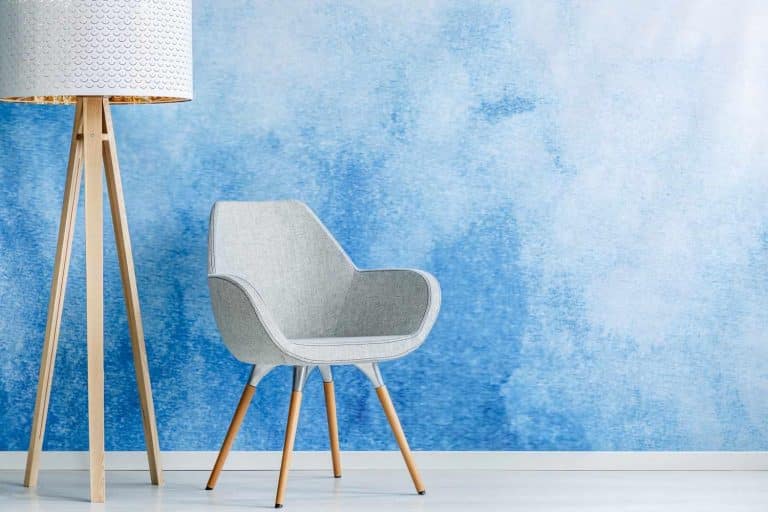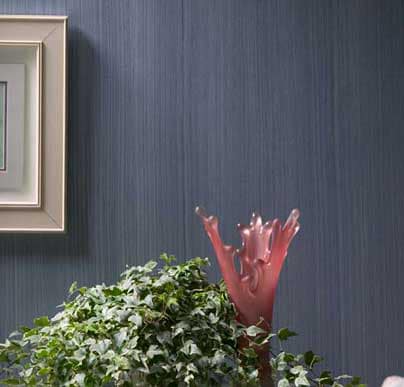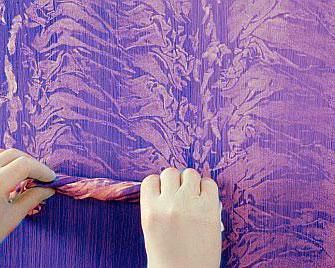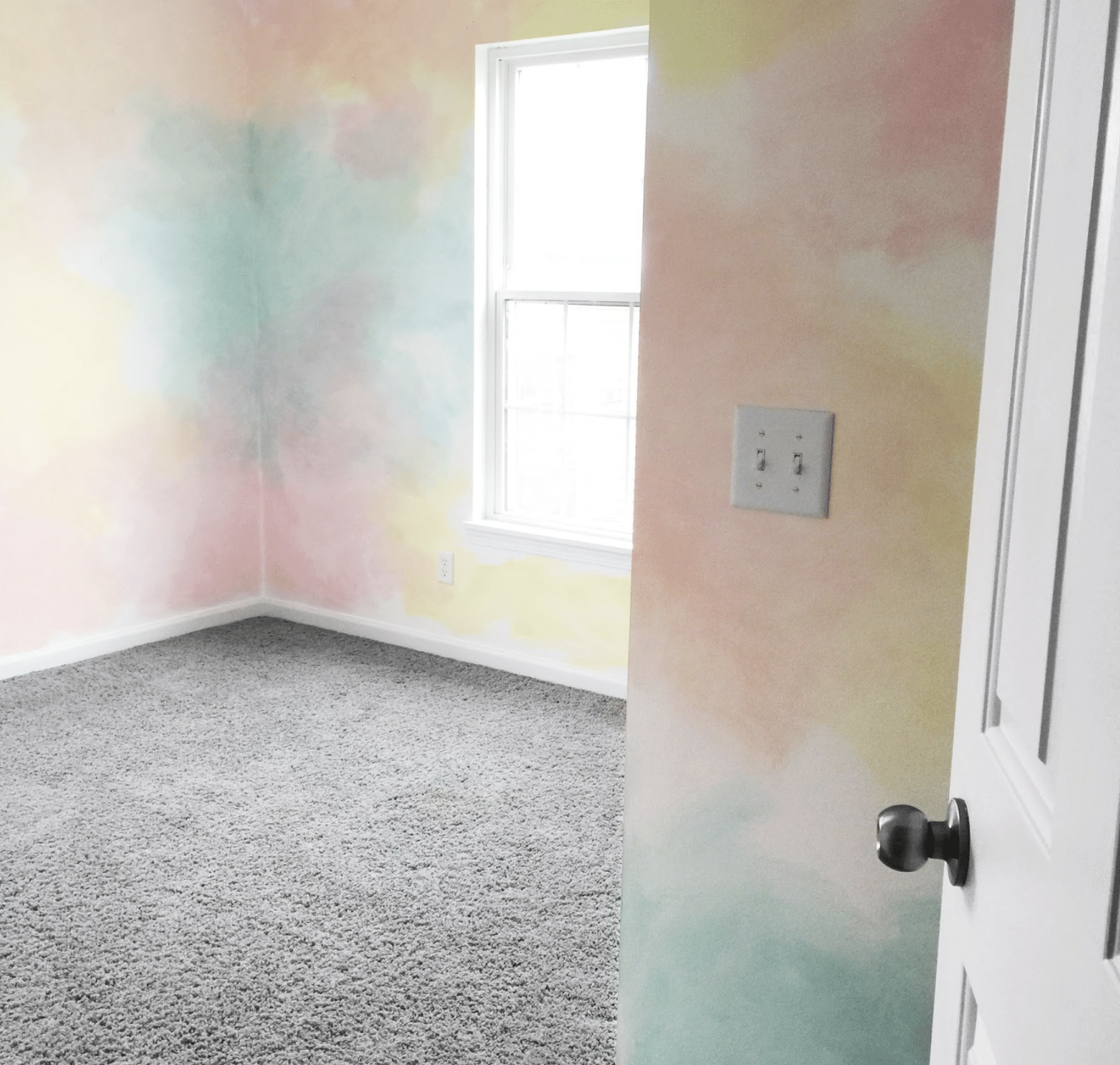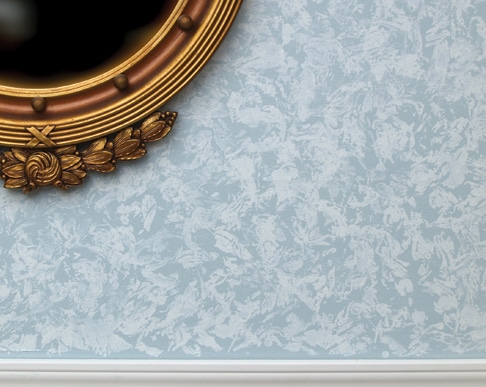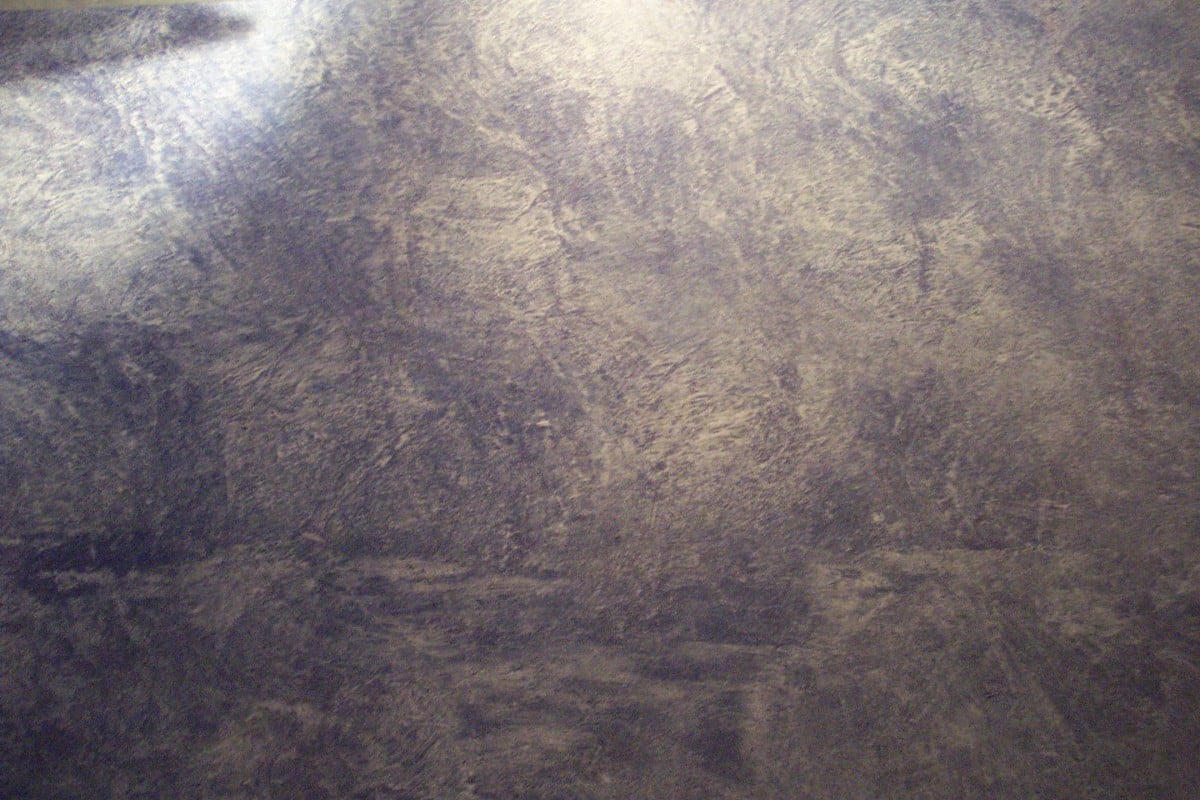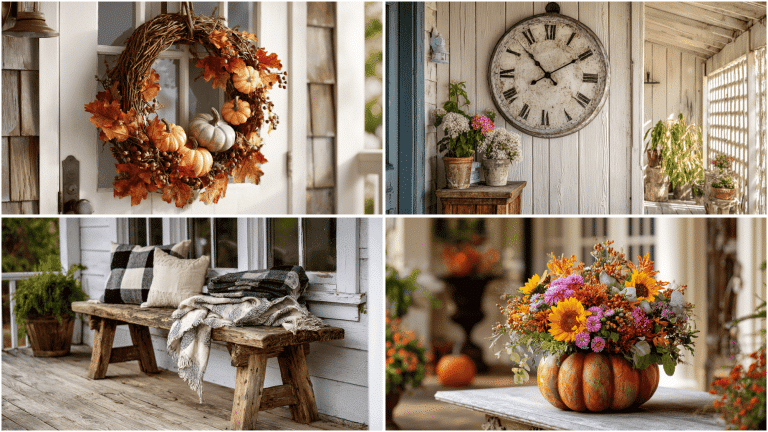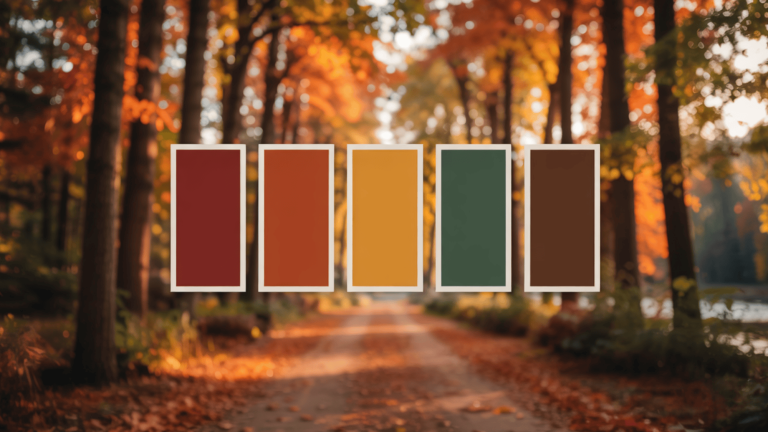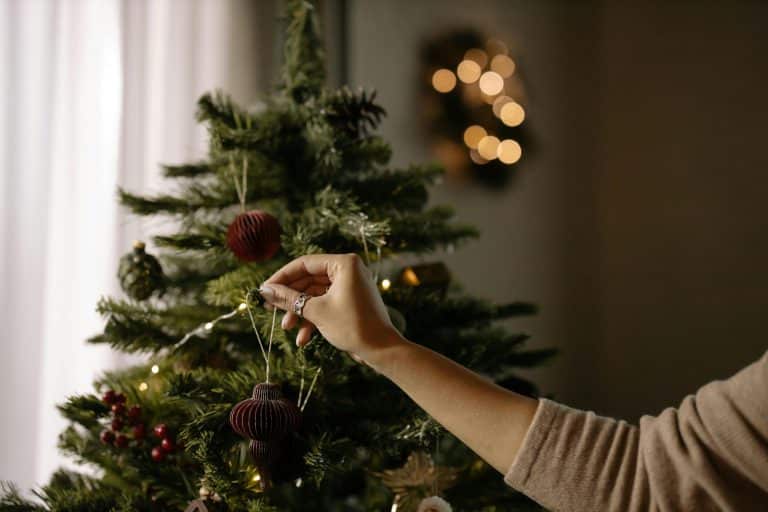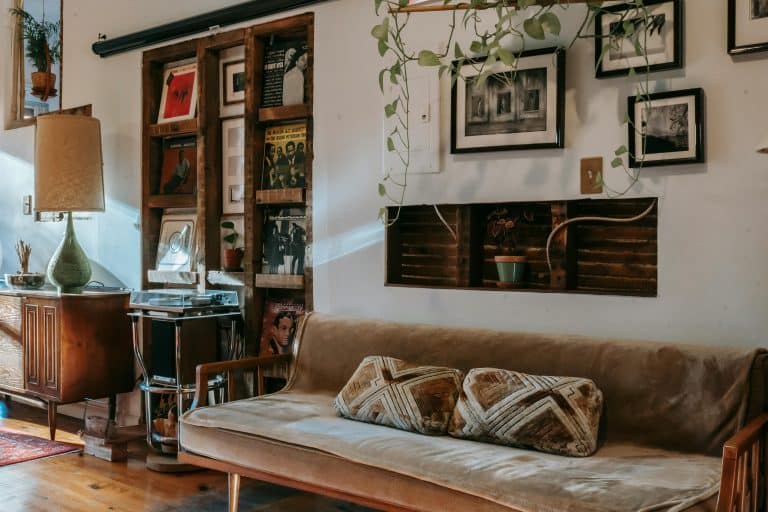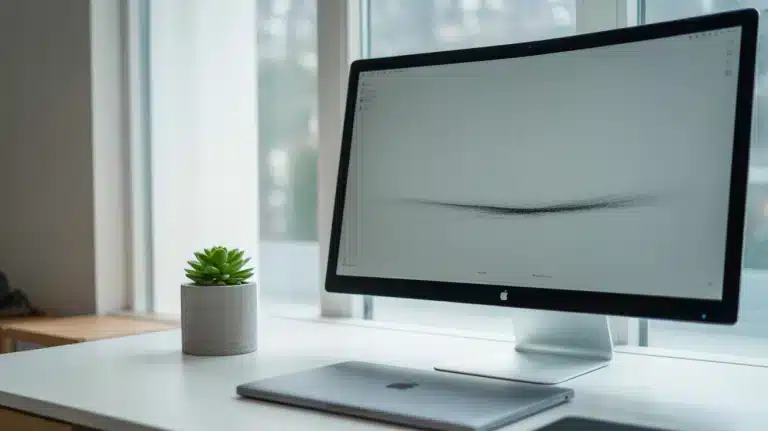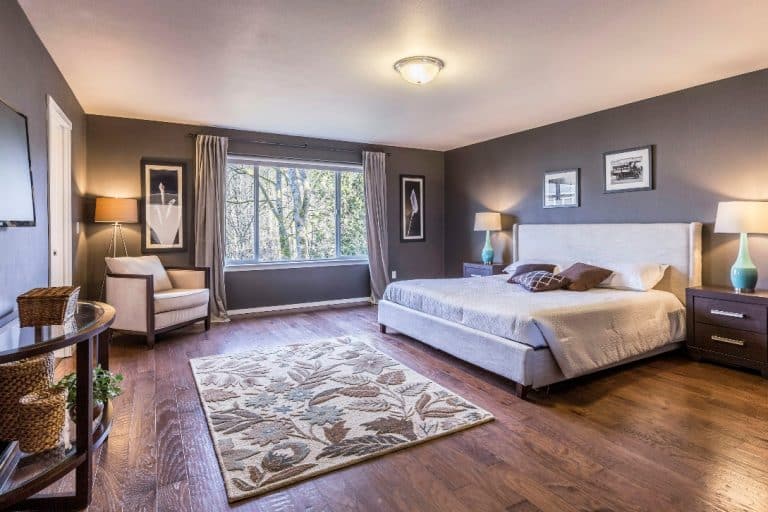Sponge painting is the fastest and most efficient way to brighten your space. Sponge painting is creating beautiful textures on the walls using sponges. The result can be quite rewarding in terms of the experience as well as the enhanced aesthetic appeal of your home.
There is no dearth of sponge painting ideas that can bring out the beauty of your space. Also, there can be many variations of the textures depending on the tools and techniques you use.
In this blog, we are going to talk about some of those techniques that can help you in creating beautiful textured effects on your wall. So, let’s get started!
Techniques to Create Textured Effect in Sponge Painting
Who would have thought that just a few paints, a few sponges, and a creative mind could bring out something so eye-pleasing that you would never want to leave the space?
Believe it or not, sponge painting has so much potential that it can produce mind-blowing results. Here are a few techniques to create a textured effect for your walls.
1. Dragging Technique
Dragging is a technique in which you create different patterns by dragging the sponge in different strokes. You can select a pattern and work towards it by dragging your sponge along it.
Simply press the sponge in a few places and move it gently to other places. It will create a stunning contrast and give out a grainy look. It is the simplest and most widely used sponging technique. It can give a flowy texture to the wall. It all depends on the movement of the sponge.
To do this, you can apply a coat or two of paint on the wall and then simply drag a sponge along it in patterns. You can be as creative as you want, be it wavy lines, or a simple straight one, there are a plethora of options to explore here.
2. Twisting Technique
Twisting is yet another beautiful texture technique that can result in a gorgeous interior. All you need to do is twist your sponge in a few places while working on your wall. The pattern will depend on the way you twist it and how strongly or gently you press the sponge on the wall.
With twisting you can create a random yet unique look for your wall. You will need to apply a base coat on the wall and let it dry completely. Now with another paint of choice, you can make patterns using the sponge. Use a sponge with bigger holes, it will make the pattern appear more prominent.
3. Combining Colors Technique
In this method of sponge painting, you can simply choose different colors and use different sponges for it. Create the base coat and let it dry for a day or two. Now use small paint buckets of various colors and sponges of various shapes and sizes.
You can take your creative liberty here and move your sponges in criss-cross, or zig-zag patterns to create the design. Use different colors and use your judgment to check which colors go together. Now you can make patterns using these colors in designs.
Techniques that Use Other Materials to Create Textures
Texture painting has evolved to a great extent in recent times. Besides sponges, other materials can be used to give appealing textures to the walls. Some techniques involving other materials to create patterns or textures are as follows.
1. Ragging or Rag-rolling Technique
Ragging as the name suggests, is a technique that uses rags to create patterns on the wall. A base coat is applied on the wall and after it dries, rags are used to create patterns on the wall. You can use contrasting light and dark shades of the same color to make a definitive pattern on the wall.
Rag rolling on the other hand uses a roll of rag to create the patterns. The process is similar to ragging although the patterns are quite different from each other. It is advised to avoid unrelated colors altogether for this process, as it may give your wall an old look.
2. Stippling Technique
Another popular technique used in texture painting is stippling. Stippling is a method by which a grainy pattern is made on the wall with the help of hard bristles. It gives the space a rich and cozy look.
Stippling involves applying a base coating of the paint and then running the stippling brush over it to create the pattern. It may be time-consuming and require a meticulous placing of the brush every time, although the mesmerizing result is worth all the time and effort.
3. Frottage Technique
The frottage technique involves the use of plastic or paper to create the texture on walls. In this method, firstly the base coat is applied, and then a wrinkled ball of paper is used to create patterns.
This technique gives your wall a beautiful finish and brings out a vibrant look. You can use sponge and paper side by side to create different patterns.
It will give your space a unique and fresh vibe. You can use multiple colors and mix and match a few shades to bring out a visually appealing surface.
Conclusion
A beautiful space gives you happiness, contentment, and increased productivity. It can instantly uplift your mood and contribute much to your overall well-being.
Sponging is one of the few techniques that can help you create this beautiful space. There are various techniques that you can use to incorporate textured effects in your sponge painting such as dabbing, twisting, or dragging to name a few.
Using sponge painting to create a textured effect can be a vibrant and colorful adventure that you can plan with your family or friends. The result of which would be an artistic canvas of your strokes.

